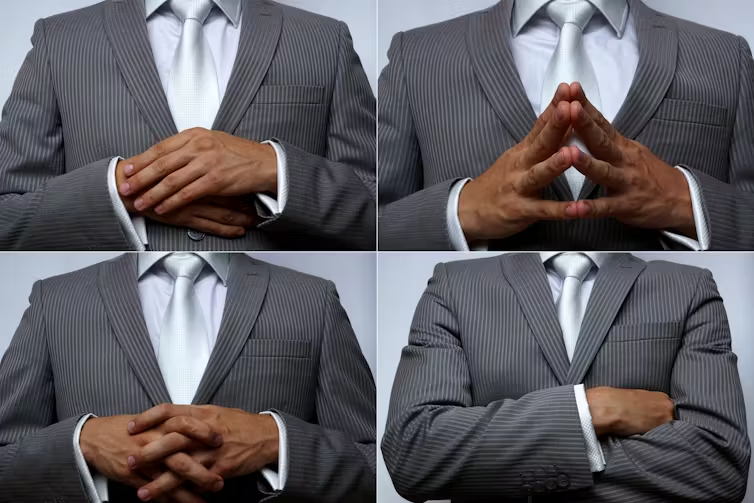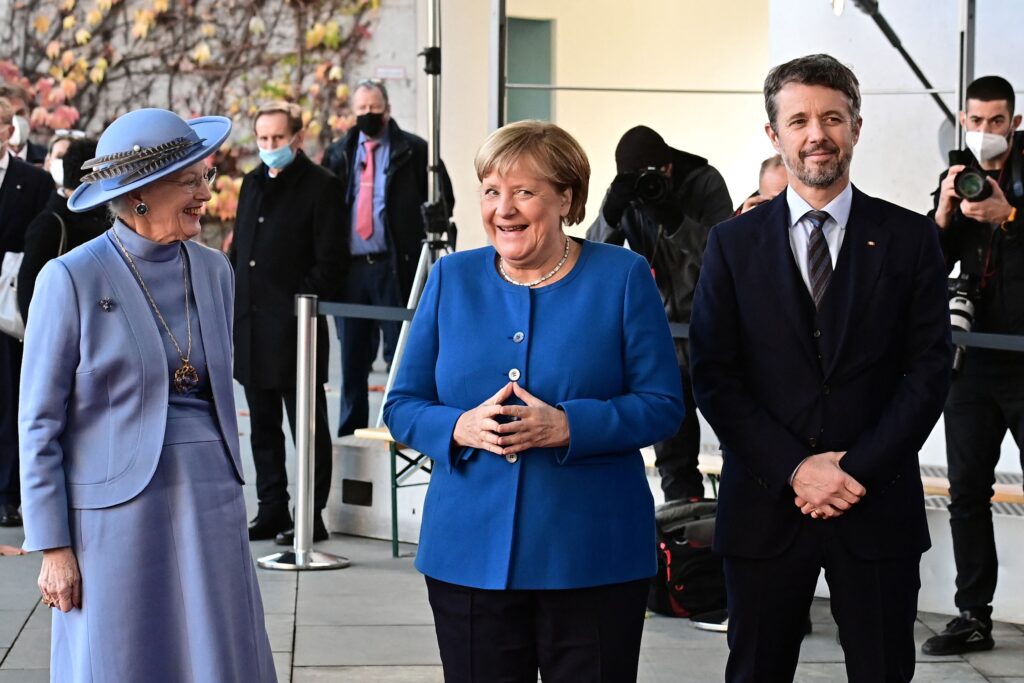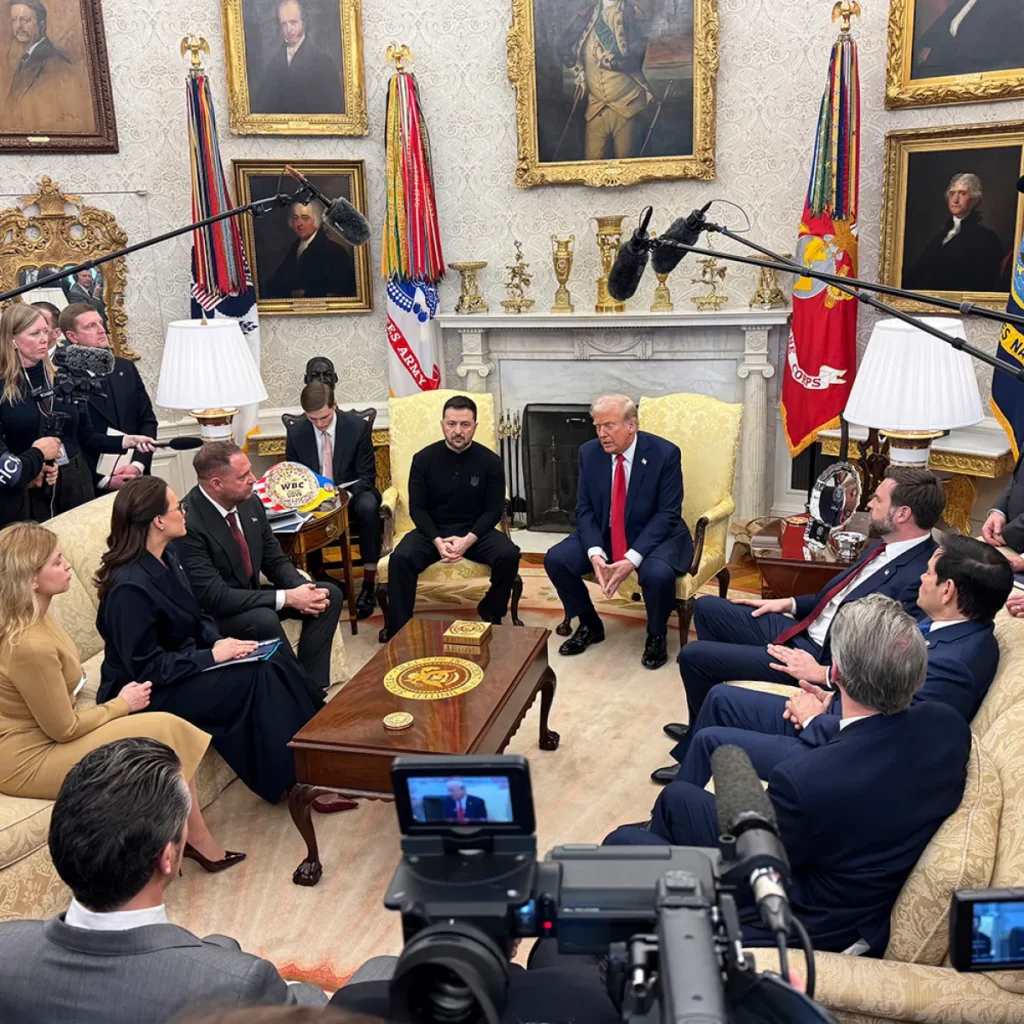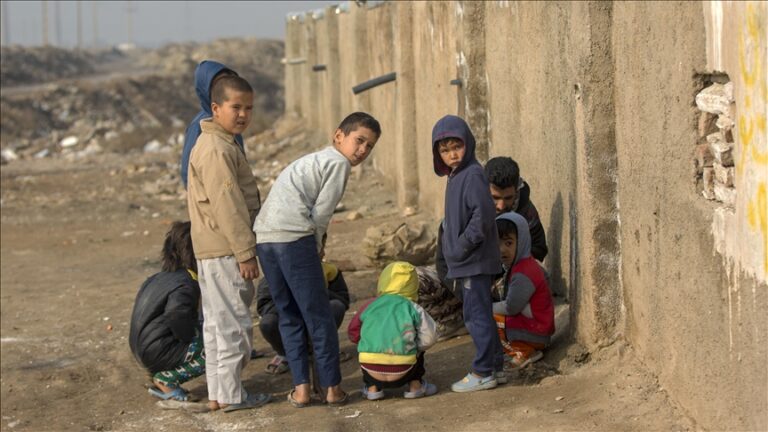
Shutterstock
Ever noticed how Modi’s speeches often involve him using both his hands? Or how Obama would always lean slightly forward at the podium, holding eye contact and smiling when addressing the audience? These small gestures, whether it’s a handshake or crossing one’s arms, aren’t just random body movements; they are cues that carry symbolic meaning.
In fact, nonverbal cues and their role in human communication have been studied for decades. Think of a time when someone said they were “fine” but had a visible frown. Their body language betrayed their words. In politics, this becomes even more crucial. Leaders are often trained to master the intentional art of body language and other nonverbal cues.
What Are Nonverbal Cues?
Nonverbal cues are the silent signals people use to communicate without words. These include facial expressions, gestures, posture, eye contact, tone of voice, and even physical appearance. They matter because, as science confirms, our perception of leaders is shaped not just by what they say but by how they say it and how they present themselves.
Take Indira Gandhi, for instance. Her assertive tone, elegant sarees, upright gait, and poised speeches projected an image of iron-willed authority. She didn’t need to scream for attention ,her presence did the job.
Different Leaders, Different Signals
Each leader tailors their nonverbal cues based on how they want to be perceived. In Narendra Modi’s case, his demeanor exudes assertiveness, confidence, and a go-getter attitude. His body language supports his image of a strong, uncompromising leader whether through bold hand gestures, prolonged pauses, or his powerful stare.
This has complemented his tenure, marked by strong political stands like surgical strikes and direct rebuttals stances India had rarely taken before.
Types of Nonverbal Cues
1. Attire
What you wear matters especially in politics. That’s why you’ll never see world leaders at a press conference in pyjamas. It’s not just about dress code; clothing sends a message. Wearing informal clothes would suggest carelessness or disrespect toward the moment.
Angela Merkel famously adopted a “uniform” of colored blazers simple, neat, and devoid of designer logos. This was not accidental. It emphasized professionalism over vanity and made her appear consistent, focused, and grounded.
2. Tonality
A leader’s voice is their weapon. We remember Nehru’s “Tryst with Destiny” speech far more vividly than many others because of not just the time when it was delivered but also how it was delivered. Tonality, pitch, and pacing play key roles in making a message memorable.
Good leaders know how to use their voice. They take meaningful pauses, ending sentences with a firm tone rather than a high-pitched one, and ensuring their delivery is smooth. These techniques are universally adopted by powerful speakers across the globe.
3. Body Language
One of the most overlooked yet powerful nonverbal tools is body language. How does a leader sit? Do they cross their arms when discussing serious matters? Do they lean forward or recline back? How do they shake hands?
Hand gestures, when used right, can add clarity and strength to a point. Merkel’s signature “diamond” gesture became a symbol of composure and stability. Similarly, eye contact builds trust , while darting eyes or avoidance can do the opposite.

An upright posture signals confidence. Compare this in real-time:
During a recent U.S. Ukraine meeting at the White House, a photo circulated widely online. Trump, seated in his familiar setting, wore his signature navy suit and red tie—symbols of power and dominance. He leaned forward, knees wide, hands in a classic power pose.
Zelenskyy, by contrast, sat with hands clasped, posture tight, a nonverbal indicator of stress and tension, likely reflective of the stakes of the conversation and Ukraine’s situation.

The Bigger Picture
The idea that a leader’s physical presence doesn’t matter is long gone. In politics, everything matters from their perfume, to the color of their tie, to whether they lean forward or back in a chair. Each detail carries meaning.
What’s important is how often we, as citizens and viewers, recognize these silent signals of power not just to understand our leaders better, but to see how they use their bodies as instruments of persuasion, intention, and control.
For more such stories, stay tuned at The World Times.



